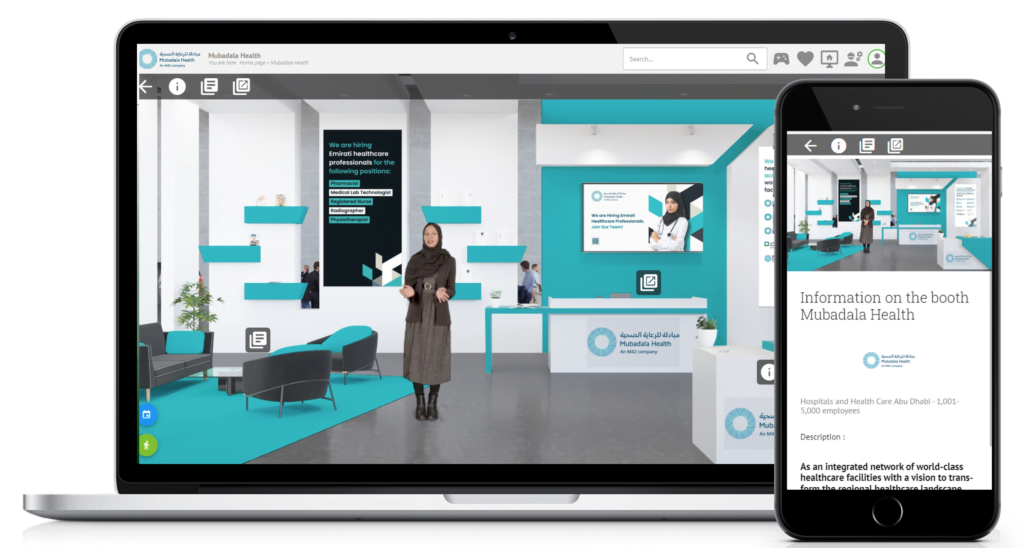Recruitment Process Optimization is a strategic approach to enhancing an organization's hiring processes to make them more efficient, effective, and aligned with the company's overall business objectives. It involves streamlining and improving various aspects of the recruitment lifecycle to attract, identify, select, and onboard the right talent in a cost-effective and timely manner. Here's a detailed breakdown of what recruitment process optimization entails:
Assessment and Planning:
- Understand Business Needs: Start by comprehending the organization’s short-term and long-term staffing requirements, including the types of positions needed and their strategic importance.
- Define Objectives: Set clear, measurable goals for the recruitment process, such as reducing time-to-fill, improving candidate quality, or lowering recruitment costs.
- Budgeting: Allocate resources appropriately, including budget, technology, and personnel, to achieve the defined objectives.
Process Analysis:
- Current Process Evaluation: Thoroughly assess the existing recruitment process, identifying bottlenecks, inefficiencies, and areas for improvement.
- Stakeholder Input: Gather input and feedback from hiring managers, HR teams, and candidates to understand pain points and expectations.
- Benchmarking: Compare the organization’s recruitment practices to industry best practices and competitors to identify areas that need improvement.
Technology Integration:
- Applicant Tracking System (ATS): Implement or upgrade an ATS to streamline candidate sourcing, tracking, and communication.
- AI and Automation: Integrate artificial intelligence and automation tools to improve resume screening, interview scheduling, and candidate engagement.
Talent Sourcing and Acquisition:
- Employer Branding: Enhance the organization’s image as an attractive employer through improved branding, culture, and online presence.
- Sourcing Strategies: Develop a targeted approach for finding top talent, which may include job boards, social media, employee referrals, and talent pipelines.
- Candidate Experience: Ensure a positive candidate experience throughout the recruitment process to attract and retain top talent.
Selection and Assessment:
- Behavioral Assessments: Use standardized assessments and interviews to evaluate candidates’ skills, competencies, and cultural fit.
- Interview Training: Train interviewers to conduct structured and effective interviews, reducing bias and improving decision-making.
Data Analytics and Reporting:
- Metrics Tracking: Monitor key performance indicators (KPIs) such as time-to-fill, cost-per-hire, and quality of hire.
- Data-Driven Decision-Making: Use analytics to identify trends, bottlenecks, and areas for improvement, allowing for data-driven adjustments to the recruitment process.
Compliance and Legal Considerations:
- Ensure adherence to relevant labor laws, regulations, and best practices throughout the recruitment process, reducing legal risks.
Continuous Improvement:
- Feedback Loops: Establish mechanisms for continuous feedback from hiring managers, candidates, and other stakeholders to adapt and optimize the process over time.
- Adapt to Market Changes: Stay agile and adjust the recruitment strategy in response to changes in the job market, economic conditions, or industry trends.
Vendor Management (if applicable):
- Manage relationships with external recruiting agencies or partners, ensuring alignment with the optimized process and performance metrics.
Communication and Training:
- Train HR staff, hiring managers, and other stakeholders on the new processes and technologies.
- Establish clear communication channels to keep all relevant parties informed and aligned.
Recruitment process optimization is an ongoing effort that requires regular evaluation and adjustment to align with the organization’s changing needs and market dynamics. It aims to transform recruitment into a strategic asset that contributes to the company’s overall success by acquiring and retaining top talent efficiently and effectively.

